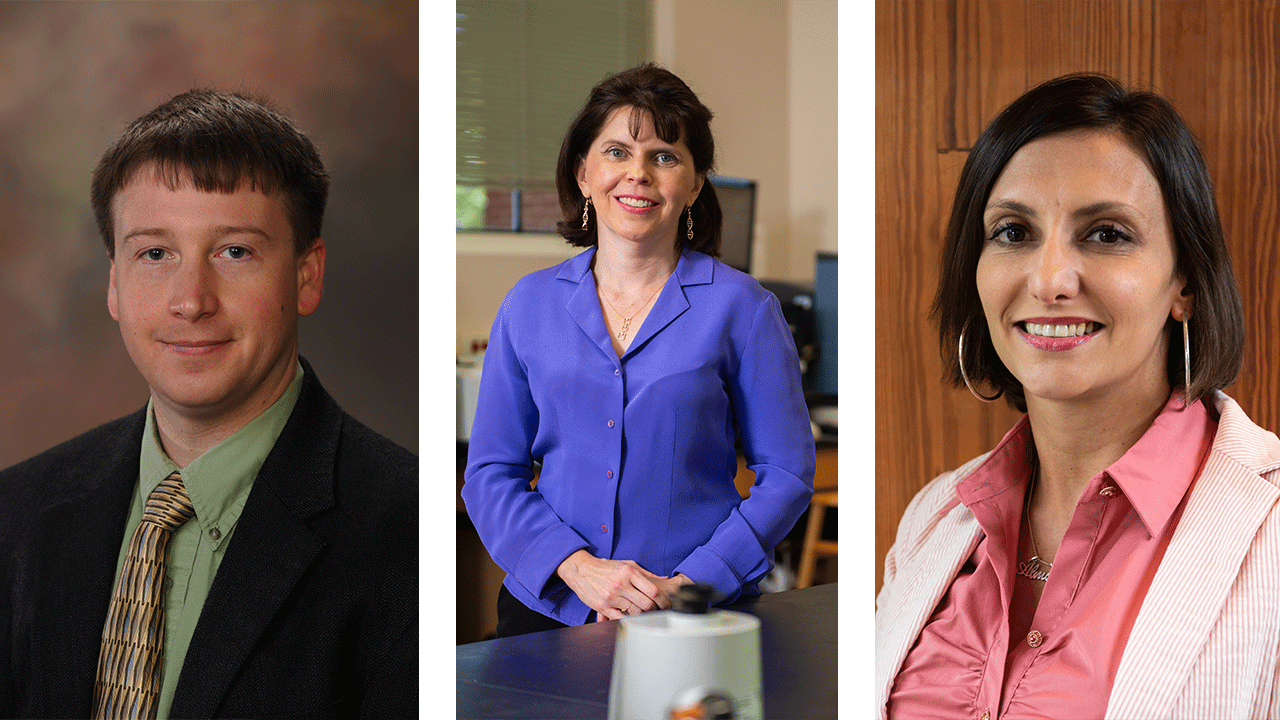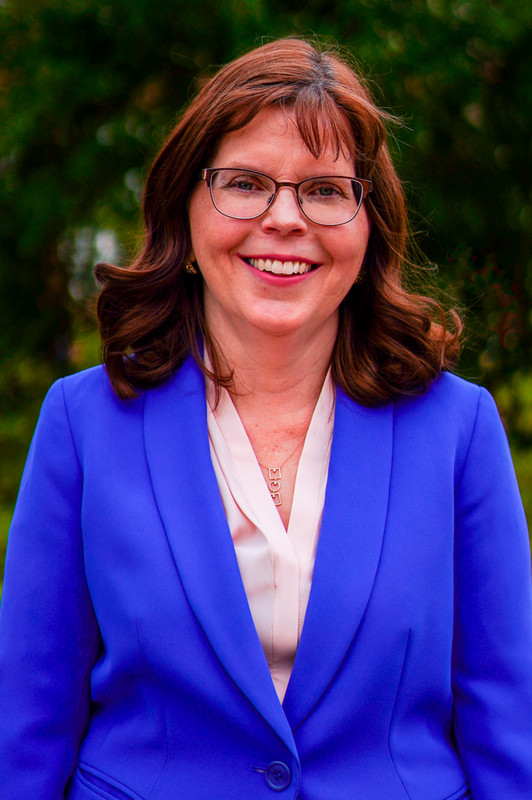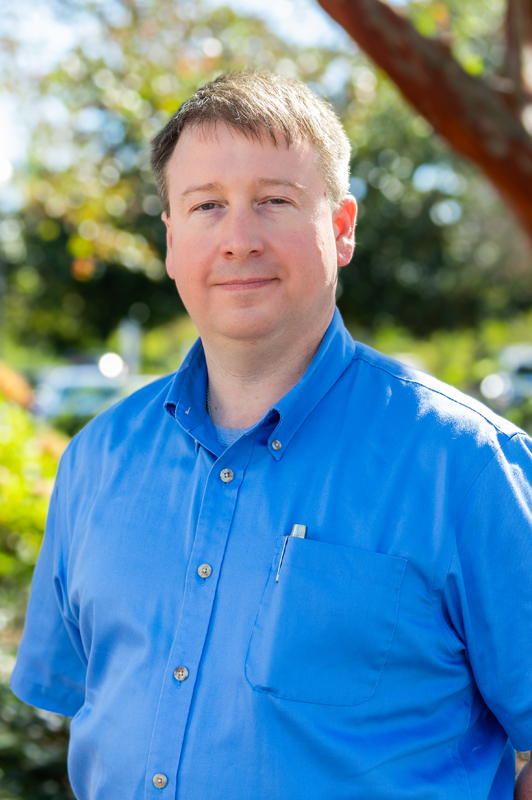Faculty exploring advanced biosensors with State of Alabama grant funding
Published: Sep 3, 2020 4:30 PM
By Cassie Montgomery
Alabama’s vibrant timberland, established pulp and paper resources and significant agricultural resources make the state a hotbed for a specific natural resource: cellulose, which is found in the biomass of forest and agricultural products. Cellulose plays a significant role in the development of biosensors that can, among other uses, detect pesticides in water. Auburn University faculty members from the Departments of Chemical Engineering and Forestry and Wildlife Sciences are exploring the use of nanocellulose in the development of such low cost, rapid, point of care/use biosensors with an award from the Alabama Department of Economic and Community Affairs (ADECA).
Chemical engineering faculty Virginia Davis, the Alumni Professor, and Robert Ashurst, the Uthault Family Associate Professor, are working with Maria Soledad Peresin, assistant professor of forest biomaterials, on the project titled “Advanced Biosensors from Forestry Products and Agricultural Resources.” Davis and Ashurst have previously developed patented technology for making tiny devices called Microelectromechanical Systems (MEMS) from cellulose nanocrystals. Peresin and collaborators have used cellulose nanocrystals to improve the sensitivity of the standard enzyme-linked immunosorbent assay (ELISA) methodology for biosensing.
“We realized the ADECA program would be the perfect opportunity to leverage both approaches to develop affordable, robust sensing platforms based on Alabama’s abundant cellulosic biomass resources,” Davis said.
The researchers have obtained preliminary results using nanocellulose in biosensing applications, leading to two issued patents and one preliminary patent.
“In the long term, we envision having portable cartridges for simultaneously running hundreds of tests related to a specific challenge like water quality, food allergens or disease biomarkers,” Davis explained. “In general, using cellulose in ELISA is geared toward labs looking for higher sensitivity. Our long-term goal for the cellulose MEMS sensors is for people to be able to use affordable sensors where they are needed and obtain results quickly. This could be by a well in a rural area, a restaurant or at a clinic.”
ADECA’s mission is to improve the quality of life for all Alabamians and this project aims to contribute to that goal by leading to the creation of jobs in small businesses seeking to make biosensors for the bioscience sector. It will also help to position Alabama as a leader in novel applications for the growing nanocellulose market. While the research is still at a relatively early stage, the team is actively looking for commercial partners to advance it to the manufacturing stage.
“One interesting thing about using cellulose for sensing instead of traditional materials like silicon is that is makes it easier for small companies to enter the sensing market,” Davis said. “There is a high need for what are known as ASSURED sensors – sensors that are Affordable, Sensitive, Specific, User-friendly, Rapid/Robust, Equipment-free and Deliverable to end-users. We are hopeful that sensors made from the cellulose nanocrystals found in all trees and plants can help meet this need.”
Media Contact: , cmontgomery@auburn.edu, 334.844.3668
Auburn University faculty members Robert Ashurst, Virginia Davis and Maria Soledad Peresin



